Flexible Irrigated Farming Systems

Trials and Demonstrations
Wheat
The trial is looking at different N strategies that may impact the crop’s growth and development. The range of treatments include a ‘minimal inputs’ strategy that assumes the worst based on a poor seasonal outlook, early N strategies that assume that early N will favour vegetative growth and thus improve fodder production rather than for grain and strategies that match inputs to ensure maximum grain yield. Soil N has been measured to allow for an N budget to be calculated. Irrigation management will be uniform across the trial and based onSMM. In the 2024 growing season trials will include irrigation strategies.
Barley
Similar strategies to wheat are in place for the barley trial. Fodder, grain yield and N timing on grain protein treatments are in place.
Faba Beans
The 2023 trial will focus on the salvage aspect of a faba crop. Given little grain pricing is available until close to harvest, there is a degree of risk in faba beans when the seasonal forecast is poor and allocations are reduced. Come spring, it might not be the most profitable strategy to irrigate fabas, and so alternative markets may be an option. Fabas do have the potential to grow considerable biomass and assuming drought and high prices for quality fodder, turning fabas into fodder may be a profitable strategy. However, conserving fabas is not without its problems e.g. high moisture content and slow drying, and market acceptability is also an issue. The trial will look at the biomass produced during the grain fill period (up to 20 t DM/ha has been measured at the Trial Block) and beyond physical maturity as the crop starts to dry down.
Canola
Nitrogen strategies have been put in place to see the effects of both timing and rate on crop biomass (fodder production, and nitrate content) and grain yield and oil content.
The variety trials are comparative crop variety testing with standardised trial management, data generation and collection to provide meaningful results for growers.
Irrigation provides a unique environment that allows high yields to be targeted. However most varieties are developed and tested under dryland conditions.
In order to perform under irrigated conditions, a variety should the following characteristics:
- High yield potential
- Maturity that matches sowing date and the optimal grain filling period (avoiding frost at flowering but also avoiding high temperatures during grain filling)
- High tolerance to crop lodging
- Waterlogging tolerance
- Good disease tolerance/rating, although a disease management plan can address some shortfalls
The decision was made to separate the early maturing (or early season) varieties from the main trial, and to sow them at a more appropriate time that suited their maturity.
Demonstrations and small plots will respond to seasonal outlooks to inform operational decisions including:
- The establishments of crops including the useof pre-irrigation or watering up, crop choice, seeding rates and starter fertiliser rates.
- In season decisions on inputs such as spring irrigation and fertiliser based on seasonal and market forecasts.
A recent survey of irrigators conducted as part of the Southern NSW drought hub project identified several key actions that enabled irrigation businesses to endure drought and enable rapid recovery:
1. The use of medium to long term business plans.
2. Taking consideration of seasonal climate predictions when planning for the season.
3. Opportunities for diversification and flexibility in crop production e.g. changing from grain to fodder.
4. Assessment of available inputs and then tailoring crop target yields to match the available resources, most importantly water..
With partners Irrigation Research and Extension Committee and Southern Growers we’ll be establishing large scale paddock demonstrations backed by small replicated plot work to address issues such as setting yield targets, matching nitrogen nutrition to yields, irrigation strategies to maximise water use efficiency and switching from grain to fodder crops.


